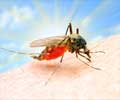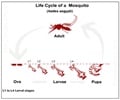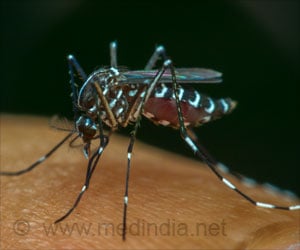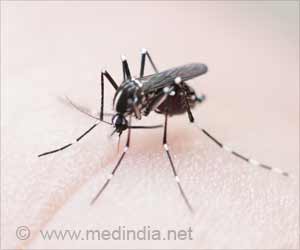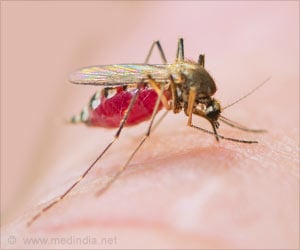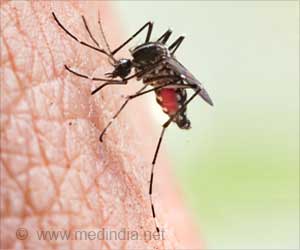An article has challenged widely reported claims that dengue fever could move as far south as Sydney as a direct result of climate change.
An article in the current edition of the Medical Journal of Australia has challenged widely reported claims that dengue fever could move as far south as Sydney as a direct result of climate change.
Writing with a group of entomological and infectious diseases experts from around Australia, Director of Medical Entomology in the Centre for Disease Control in Darwin, Mr Peter Whelan, and his colleagues said projections that do not account for historical distributions of the dengue mosquito vector lacked practical value.“Reports to the Australian scientific and general community continue to cite projections from a model that has not incorporated appropriate local vector [mosquito] and virus data,” Mr Whelan said.
Learned articles, and a CSIRO report, equate rises in temperature with the southerly spread of the virus, saying a 2-3 degree rise would extend the dengue zone to Brisbane and a 3-4 degree rise to Sydney.
“But none of these projections appear to fully consider the past and present distribution of the [mosquito] vector – they all ignore the fact that, before the 1930’s, dengue on the East coast was recorded as far south as Gosford and as far inland as Bourke.
“In Western Australia the disease was known as far south as Carnarvon - to the point that Carnarvon was considered part of a dengue-endemic region.
“Although the disease is currently restricted to northern Queensland, the chief culprit in its transmission, the dengue mosquito called Aedes aegypti, actually inhabits an area larger than the disease transmission areas and is not restricted by temperature. So it’s unlikely that temperature rises alone will increase the range of either the mosquito or the virus.”
Advertisement
“Well resourced and functioning mosquito and disease surveillance programs, and effective public health intervention capabilities, are essential to counter threats from dengue and other mosquito borne diseases.
Advertisement
Source-MJA
SRM





